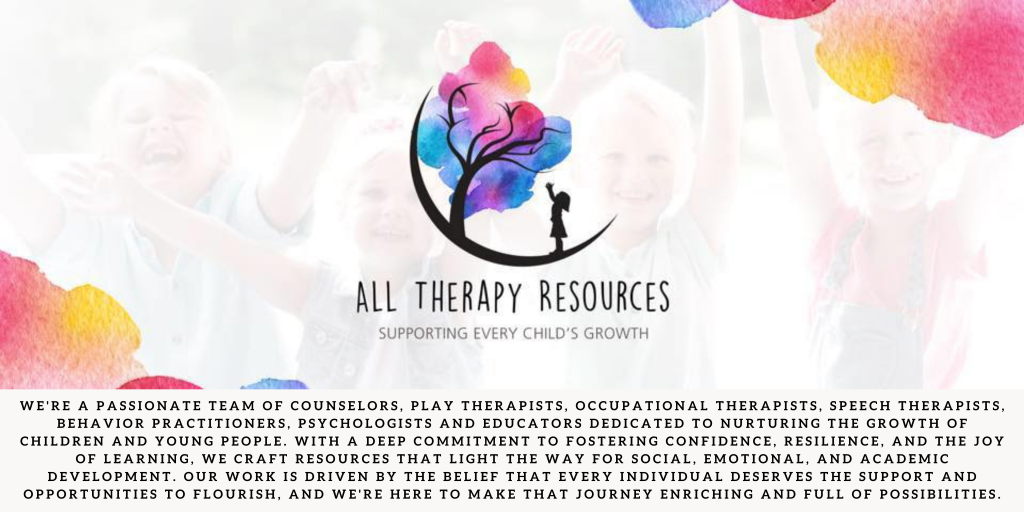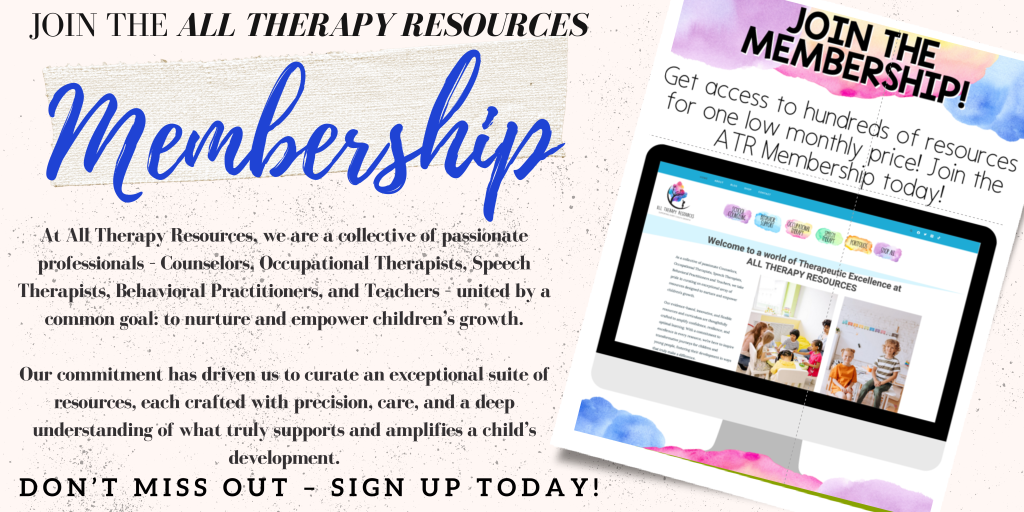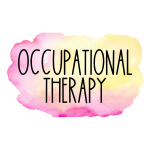Red Ribbon Week in Schools: A Counselor’s Guide to Empowering Students

Let’s be real; Red Ribbon Week is that time of the year when schools across the country light up in a sea of red, buzzing with activities, pledges, and events all aimed at one thing: saying a big, fat “no” to drugs.
But beyond the red banners and wristbands lies the heart of the campaign—education and empowerment, with school counselors leading the charge.
The Counselor’s Role: Beyond the Red Ribbon
As a school counselor, you’re not just a bystander during Red Ribbon Week; you’re a key player in the game.
So, do you know what’s your mission? Listen up! Your mission is to make sure every student understands the why behind the week. It’s not just about wearing red; it’s about understanding the real risks of drug abuse and making a personal commitment to stay drug-free.
But how do you get this message across in a way that sticks? It’s all about connection, creativity, and, yes, a bit of cunning.
Here are some of the Strategies for Success:
- Kick-Off with a Bang: Organize an assembly to start the week with energy and enthusiasm. Invite speakers who can share personal stories about the impact of drug abuse, making the issue real and relatable for students.
- Interactive Workshops: Ditch the lecture format. Opt for interactive sessions where students can ask questions, engage in role-play, and participate in scenarios that teach them how to say no in real-life situations.
- Art with a Message: Encourage students to express their commitment to a drug-free lifestyle creatively. Whether it’s through poster contests, red ribbon murals, or digital art projects, creative expression is a powerful tool for internalizing the message.
- Peer Leaders: Empower students to take the lead. Train peer educators who can share knowledge and lead discussions among their classmates. Peer-to-peer communication is incredibly effective among young folks.
- Community Involvement: Extend the message beyond the school gates. Partner with local businesses, law enforcement, and community organizations to support Red Ribbon Week activities. This not only amplifies the message but also shows students the broader community cares about their well-being.
PEER PRESSURE Lesson Workbook is a little gem. It is perfect for diving deep into discussions about peer pressure and making smart choices. It’s hands-on, it’s real, and it’s something that can make a difference. Snag your workbook here and make peer pressure talks a breeze.
Making it Stick All Year Round
Red Ribbon Week is a fantastic catalyst. But…the message needs to stick all year. Here are a few ideas to keep the momentum going:
- Monthly Check-Ins: Use homeroom time or advisory periods for short discussions on health and wellness topics, including drug prevention.
- Resource Corner: Create a space in your office or the library where students can access information on drug prevention, mental health, and support services.
- Parent Engagement: Keep parents in the loop with newsletters, workshops, and resources to help them continue the conversation at home.
CHARACTER TRAITS Word of the Week Handouts: Building character is like building muscle; it takes practice and the right tools. These handouts? They’re your gym equipment for character building. Each week, a new trait to explore and grow. Get started on strengthening those character muscles today.
The Bigger Picture
As a school counselor, you’re in a unique position to influence the trajectory of your students’ lives.
Red Ribbon Week is more than just a campaign against drugs; it’s an opportunity to foster resilience, educate about health and wellness, and empower students to make positive choices.
So, by engaging with students in meaningful ways, providing support, and creating a culture of awareness, you’re not just keeping them away from drugs; you’re actually helping them build the foundation for a healthy and a fulfilling life.
Wrapping Up
Remember, the success of Red Ribbon Week in your school doesn’t rest solely on the activities you plan but on the conversations those activities spark and the ongoing support you provide. It’s about building trust, fostering open communication, and creating an environment where students feel empowered to make the right choices for themselves.
So, let’s roll up our sleeves and get to it. Here’s to a Red Ribbon Week that leaves a lasting impression, not just on our schools, but on the hearts and minds of all our students. Together, we can make a difference—one red ribbon at a time.
Frequently Asked Questions (FAQs)
Q: How can I get students more involved in Red Ribbon Week?
A: Engagement is key! Encourage student participation by organizing interactive activities, such as workshops, art contests, and peer-led discussions. Highlighting the role of students as ambassadors of the drug-free message can also boost involvement.
Q: What are some effective ways to communicate the message of Red Ribbon Week to younger students?
A: Tailor the message in a way that’s relatable and understandable for younger audiences. Use storytelling, interactive games, and visual arts to convey the importance of staying drug-free. It’s about making the learning process fun and engaging.
Q: How can I measure the impact of Red Ribbon Week activities?
A: Gather feedback through surveys, group discussions, and personal reflections from students and staff. Look for changes in attitudes towards drug use, increased knowledge about drug prevention, and the overall enthusiasm and participation level in Red Ribbon Week events.
Q: Can Red Ribbon Week actually make a difference in students’ attitudes towards drugs?
A: Absolutely! While it’s just one part of ongoing education and prevention efforts, Red Ribbon Week can significantly impact by raising awareness, sparking conversations, and encouraging personal commitments to a drug-free lifestyle.














